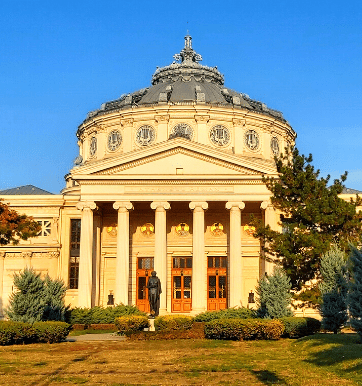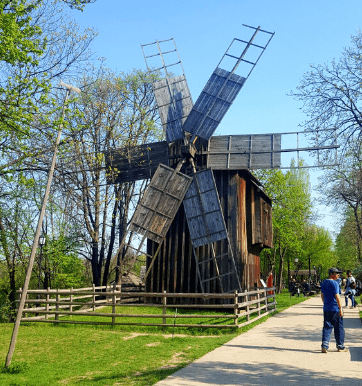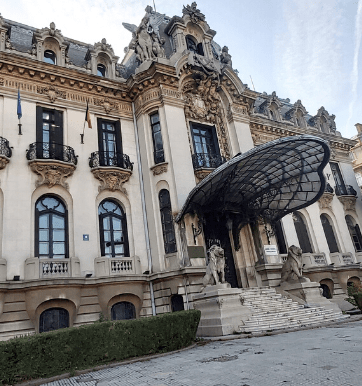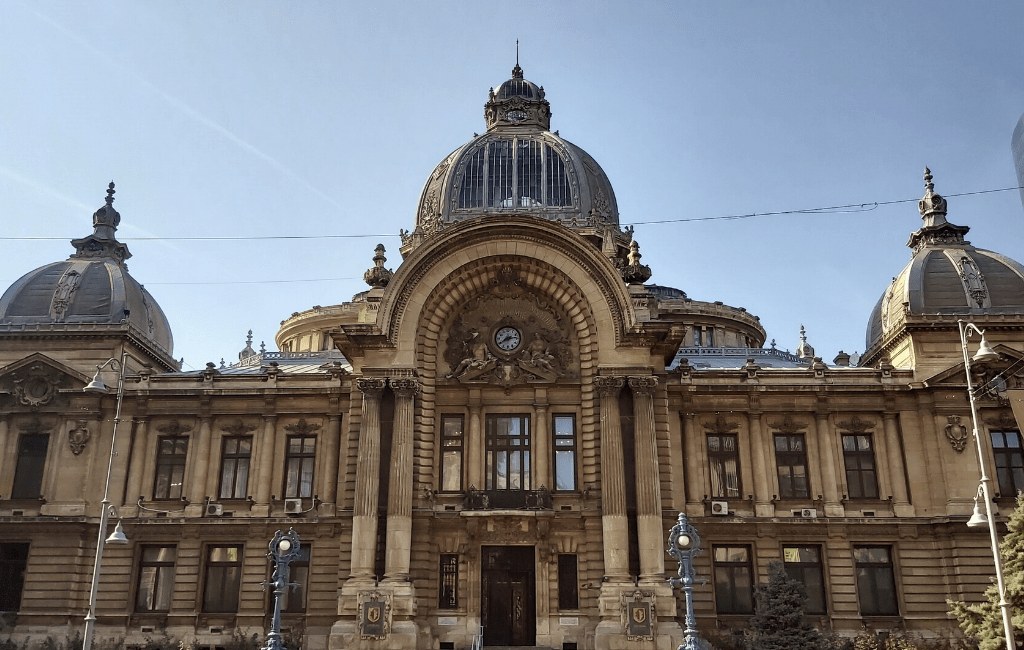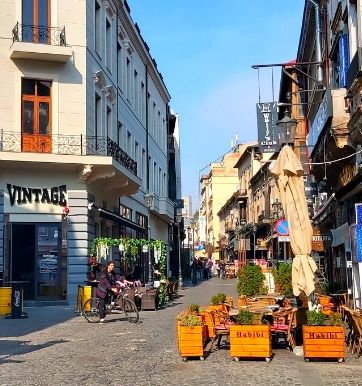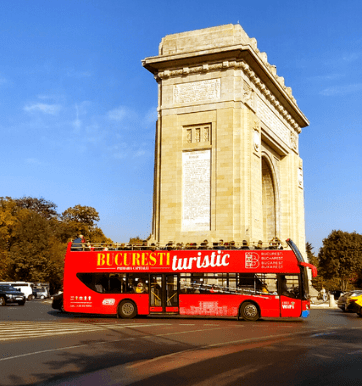HISTORY, LANGUAGE, CLIMATE, CURRENCIES & PAYMENTS
HISTORY
The city was first mentioned in 1495 as the residence of the ruler of the Romanian Country, Vlad Tepes, but its history is much older, going until the second century of XiV.
The name of the city of Bucharest was given by a peasant named Bucur but there is no documentary attestation until the end of the Middle Ages. Attacks of the Turks and Tatars, before the 20th century. of the XVII they stopped the development of the city.
The city became the capital of Wallachia in 1698 and developed during the 18th century peace period. In 1862, Bucharest became the capital of Romania.
LANGUAGE
Romanian is the closest language to original Latin, from which all Romance languages are derived. Romanian has retained a number of Latin devices the other Romance languages disposed of long ago, including noun cases. A good grounding in Italian will also go a long way towards understanding Romanian or being understood by others in the country. Conversely, Romanian has incorporated many words from the Slavic languages of its neighbors, so don't be surprised if as you wander the streets you pick up more than anticipated.
Some of the English platforms offering news from Bucharest and Romania are Romania Insider and Valahia News.
CLIMATE & AVERAGE MONTHLY WEATHER
Bucharest, like the rest of the country, has a temperate continental climate. Given that atmospheric temperatures change dramatically from a maximum of 40 degrees Celsius in summer to a minimum of -20 degrees Celsius in winter, it is of course understood that Bucharest should be recommended as a holiday destination during the period in spring and autumn when air temperature values tend to stabilize at around 20 degrees Celsius.
The climatic picture of the city of Bucharest is generated both by its geographical location in a plain area, as well as by the impact of the intensely urbanized region of the city as such and its immediate surroundings.
CURRENCY
Even though it joined the European Union in 2007, Romania hasn't adopted the Euro yet. The country's official currency is the Leu. We recommend you exchange your money once you arrive in Romania. ATMs often offer the best rates. Banks and authorized exchange bureaus are other options, and they are widely available in Bucharest.
Beware of companies that claim they don’t charge fees and commissions. While they may not charge an outright fee, they often build their profit into an unfavorable exchange rate.
The national currency of Romania is the leu (plural, lei), with subunits called ban (plural, bani) (1 leu consisting of 100 bani). Notes refer to banknotes of 1, 5, 10, 50, 100, 200, and 500 lei, whereas coins refer to 1, 5, 10 and 50 bani.
USEFUL CONTACTS
The violent crime rate in Bucharest remains very low in comparison with other EU capital, considering the city's population of approximately 2 million, the number of violent crimes is considered low without a notable impact on public life. Romania is a very safe country. It is ranked 30th out of 162 on the ranking of the safest and most dangerous countries.
112 is the emergency telephone number that can be dialed free of charge in nearly all the member states of the European Union in order to reach emergency services (ambulance, fire and rescue, police).

